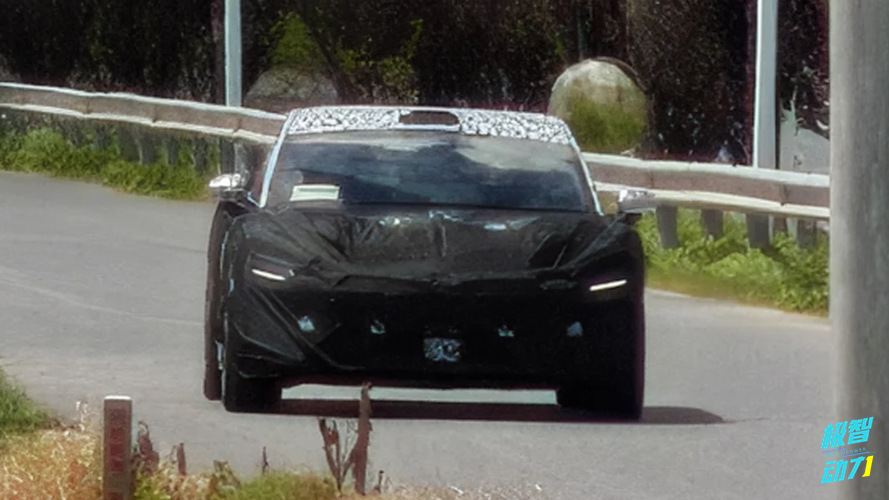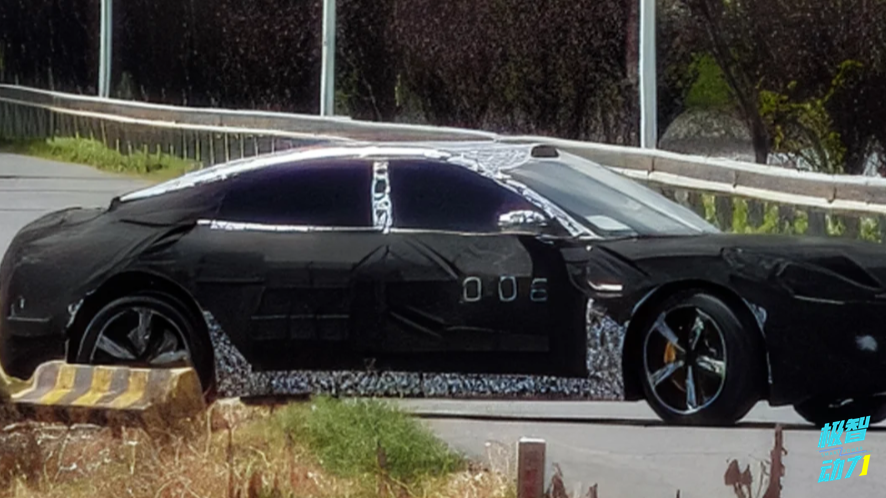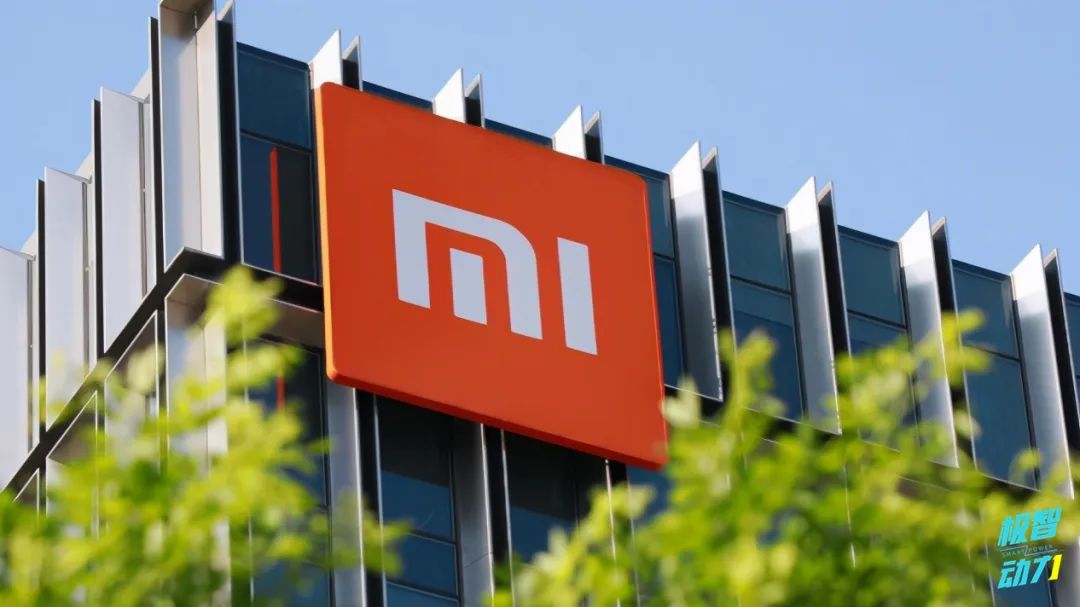Xiaomi SU7 L Spy Shots Unveiled: Will It Reign Supreme with Its Extended Wheelbase?
![]() 08/28 2025
08/28 2025
![]() 583
583
Recently, a series of spy shots of a test vehicle suspected to be the Xiaomi SU7 L have garnered significant attention online. Despite being heavily camouflaged, the vehicle's silhouette and details hint at promising features. Judging from the photos, the new model retains the design language of the Xiaomi SU7 but boasts a more streamlined body, particularly with the extended lines of the fastback section behind the C-pillar, suggesting a substantial enhancement in rear seat space. Can this long-wheelbase variant, affectionately dubbed the "Xiaomi Panamera" by netizens, continue the sales success of the SU7?
From the limited spy shots available, it is evident that the SU7 L is not an entirely new model but rather an elongated wheelbase version based on the existing SU7. It retains the iconic "rice-shaped" headlight design, along with the sporty front fascia and vent design elements. The most notable changes are on the sides and rear of the car, where the rear doors have been lengthened, and the roofline extends further back, giving it a more stretched appearance. This "long-wheelbase" approach is common in the automotive industry, especially in the Chinese market, where "lengthening" has become a standard practice for many brands aiming to cater to local preferences.

According to available data, the standard SU7 measures 4997mm in length and has a wheelbase of 3000mm. For comparison, the BYD Han EV, another mid-to-large pure electric sedan, has a wheelbase of 2920mm, while the Zeekr 001 boasts a wheelbase of 3005mm. If the SU7 L's wheelbase is further extended, it could potentially exceed 3050mm or even approach 3100mm, directly challenging the size of higher-end models like the NIO ET7 (3060mm).

One of the biggest controversies surrounding the Xiaomi SU7 when it was first launched was its rear seat space. Despite being a mid-to-large sedan with a length of nearly 5 meters and a wheelbase of 3 meters, its rear legroom was relatively tight. This was attributed to its fastback design and mechanical setup prioritizing sports performance. Many users who have experienced the car firsthand have noted that its rear seats are not ideal for taller passengers, making it less competitive than family-oriented models in the same segment.
The introduction of the SU7 L represents Xiaomi Automobile's swift response to market feedback. Chinese consumers place a higher premium on rear seat space compared to other markets, and extending the wheelbase is a direct and relatively cost-effective way to improve space. This move not only preserves the original design style and driving characteristics of the SU7 but also effectively addresses its shortcomings and broadens its target audience – young consumers who prioritize driving pleasure and technological experience while also considering family travel comfort.

When the Xiaomi SU7 debuted, its Porsche Taycan-inspired silhouette sparked considerable controversy, earning it the nickname "Meishijie." While its design language did draw inspiration from high-end sports cars, the SU7 also features numerous original design elements, such as rice-shaped headlights, unique waistlines, and wraparound taillights, setting it apart from mere imitation.

Conversely, the test car of the SU7 L showcases Xiaomi Automobile's evolution based on its original design. Extending the wheelbase is a complex engineering feat that goes beyond mere "skin stretching." It requires meticulous adjustments to body structure strength, chassis suspension tuning, weight distribution, and drag coefficient optimization. Judging from the spy shots, the extended portion of the SU7 L is seamlessly integrated, preserving the original sporty aesthetics. This demonstrates that Xiaomi Automobile has moved beyond the initial stage of learning from others and is now entering a positive cycle of independent iteration based on user needs and market feedback.
Final Thoughts:
For Xiaomi Automobile, maintaining quality and reputation while expanding its product lineup is paramount. The overwhelming demand for its first model has led to lengthy delivery times, exposing challenges in supply chain management and production capacity. With the launch of the new version, ensuring production capacity, quality control, and a robust after-sales service system will be a more rigorous test than designing a new car.
The SU7 L is poised to attract potential buyers who love the SU7 but are hesitant about its space. While it may not be as groundbreaking as the first generation, it is more mature, practical, and better understands the Chinese market. If Xiaomi can successfully blend the seemingly contradictory attributes of "long wheelbase" and "driving pleasure," the SU7 L may transcend its "Xiaomi Panamera" nickname to become a truly unique "Xiaomi SU7 L."





